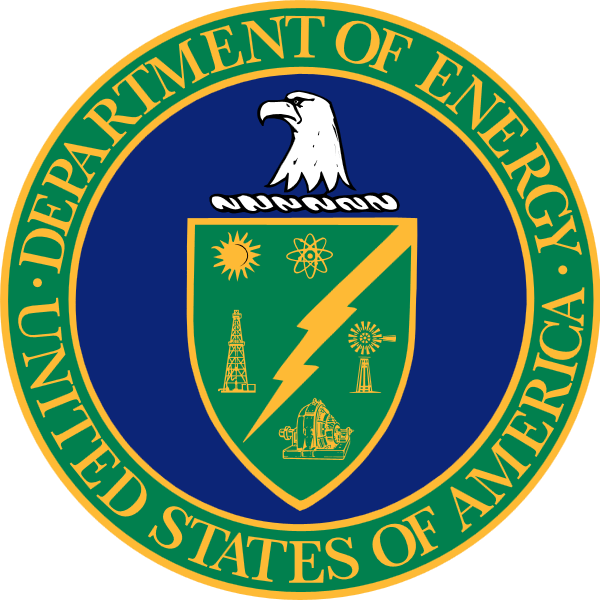A new Energy Department report finds new capacity to enrich uranium for military purposes won’t be needed for decades.
 Earlier this month, the Department of Energy (DOE) submitted its long overdue report “Tritium and Enriched Uranium Management Plan Through 2060” to Congress. The report, prepared in response to several requests from the House and Senate appropriations committees, is in part an assessment of the availability of enriched uranium in the United States for use in military applications—primarily, production of tritium for nuclear weapons and fabrication of fuel for naval nuclear propulsion reactors.
Earlier this month, the Department of Energy (DOE) submitted its long overdue report “Tritium and Enriched Uranium Management Plan Through 2060” to Congress. The report, prepared in response to several requests from the House and Senate appropriations committees, is in part an assessment of the availability of enriched uranium in the United States for use in military applications—primarily, production of tritium for nuclear weapons and fabrication of fuel for naval nuclear propulsion reactors.
The report finds that the United States has sufficient enriched uranium from various sources to meet these needs, with low to moderate risk, until around 2040 for tritium production and 2060 for other uses.
The analysis refutes arguments by supporters of the American Centrifuge Plant project, finding that the United States will not need to build a dedicated uranium enrichment plant for military uses for decades. And that time could be pushed even further into the distance—and hopefully to infinity—if the U.S. greatly reduces the quantity of military uranium it will need in the future by undertaking deep cuts in its nuclear weapons stockpile and converting naval reactors to use fuel made with low-enriched uranium instead of highly enriched uranium.
The inventory of uranium that the United States can use for military purposes is limited because most commercially produced uranium is “obligated” for peaceful use under various international agreements. In addition, some U.S.-government produced uranium not governed by international peaceful use obligations is otherwise “encumbered” by unilateral U.S. peaceful-use declarations. Thus, without violating or modifying those commitments, the U.S. government is restricted to using uranium that it has already produced for possible military use or building a new uranium enrichment plant based on a wholly indigenous technology free of peaceful-use obligations.
But the second option is problematic, because it would entail a U.S. decision to build a new, government-owned uranium enrichment plant specifically for military purposes, excluded from International Atomic Energy Agency safeguards. This would send exactly the wrong signal internationally at a time when the United States is trying to minimize the spread of uranium enrichment facilities and ensure that those countries that already possess such technology, such as Iran, make firm, verifiable commitments to peaceful use. Construction of such a facility would also be hard to justify in light of U.S. disarmament obligations under the Nuclear Nonproliferation Treaty.
The Union of Concerned Scientists welcomes the findings of the DOE report and encourages Congress to assist the department by providing funding, where necessary, to maximize utilization of the stockpile of unobligated uranium that the United States already possesses. For example, the United States could down-blend additional highly enriched uranium to produce low-enriched uranium fuel for tritium production, which would require congressional appropriations.
